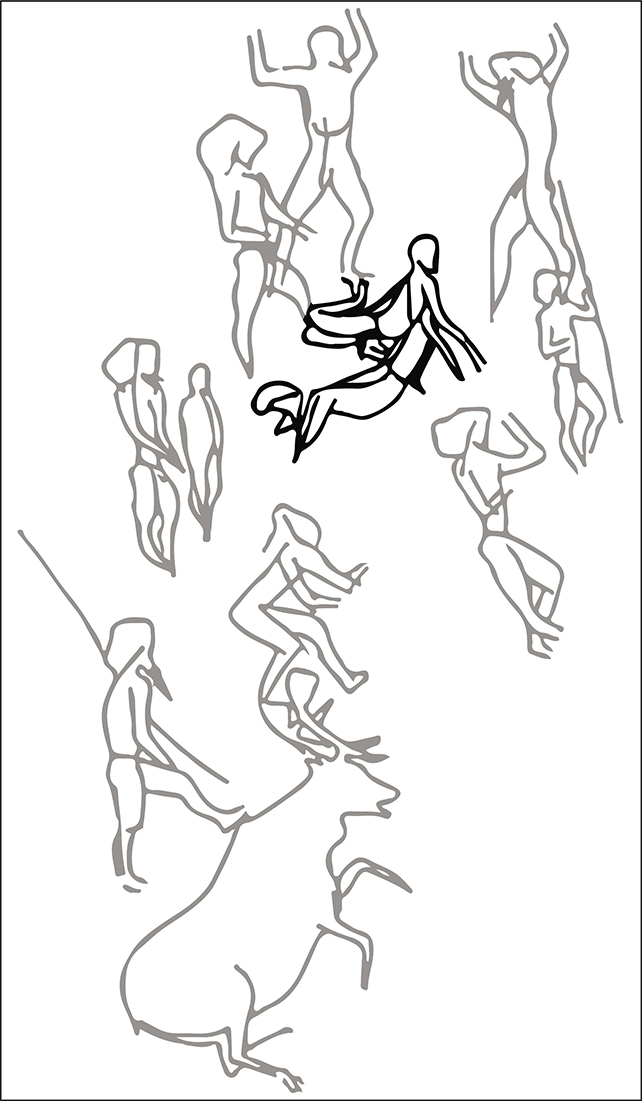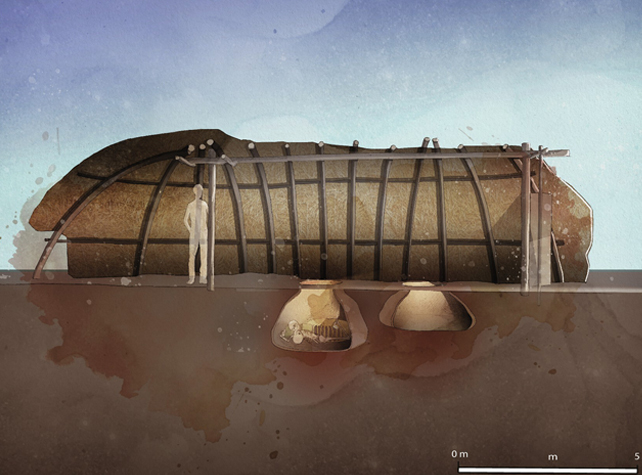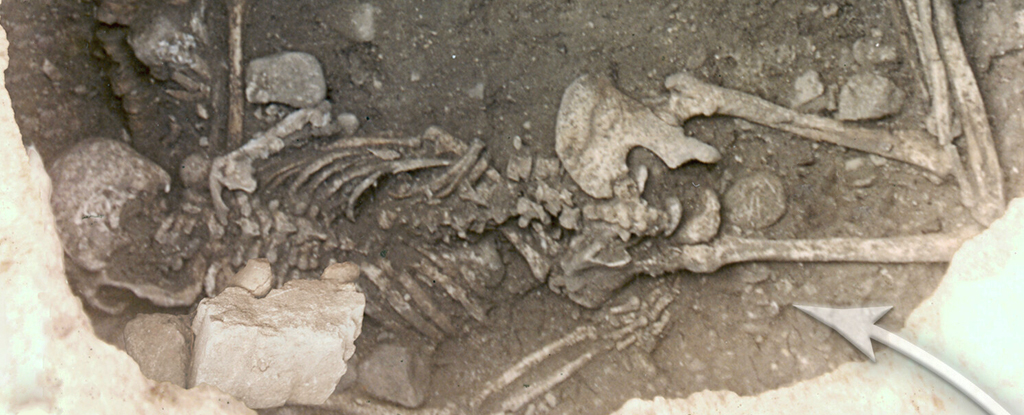Two women who have shared a single grave in the central Rhône Valley since their deaths roughly 6,000 years ago may have been forced to strangle themselves to death in the belief their sacrifice would bring prosperity to their agrarian community.
If so, their brutal murders might be far from unique, representing a practice that echoed far across Europe, through the Stone Ages for thousands of years.
A team of researchers led by Eric Crubézy, an anthropologist from Paul Sabatier University in France who uncovered the remains in the 1980s, has described 20 examples of buried remains uncovered in 14 dig sites that bear similar signs of what could be interpreted as ritual sacrifice.
The difference between impulsive violence and cultural acts of supernatural bartering is far from clear cut, leaving archaeologists to sift out minor differences in burial position, grave construction, and surrounding artifacts for clues.
Even then, that story is at best an interpretation filtered through a modern lens. Most researchers tend to assume ritual murders were largely examples of what’s known as a ‘retainer sacrifice’, where slaves, wives, or other family members were killed to accompany a privileged member of the community into the afterlife.
Yet not all bones tell the same tragic tale. Though supporting evidence has been slim, there are suspicions that graves found near grindstones shattered for good fortune and livestock remains might contain a victim chosen to garner favor for a bountiful harvest.
In the case of the pair of women found in Pit 69 at an archaeological dig site near the French commune of Saint-Paul-Trois-Châteaux, the positions of their bodies with respect to a third woman buried next to them was enough to draw questions.
While the third woman lay in full view, her two companions in death lay just out of view under the lip of the pit. One was laid out on her back, a fragment of grindstone now resting on her skull. The other was face down, her legs suspiciously bent.
Rewinding years of decay and post-mortem movement, it appeared that the grindstones had been wedged in place between the bodies and the pit’s overhang.
Such deviations in burial position and style invite all kinds of suggestion, perhaps none as horrific as the possibility that one woman if not both were still alive when put into place – their necks and limbs bound, chests compressed, and bodies twisted to bring on death from asphyxiation.
It’s not the first time researchers have pondered whether people died in such a grisly fashion in the Stone Ages. Mesolithic rock art adorning the walls of Addaura Cave in southern Italy feature human bodies contorted and bound in ways that resemble this method of self-strangulation.

“The fact that the woman was obstructed by grindstones and the overhang of the storage pit, coupled with the possibility of a tie connecting her ankles to her neck, supports the hypothesis of a deposit while she was still alive,” the researchers write.
Legs bound with ligatures (probably rope or similar) connected to her neck, she may have slowly strangled herself to death.
As dark as the assumption is, the grave itself provides a few additional clues.
Though shaped to resemble a pit commonly used to store goods for easy access within a dwelling, the hole contained none of the usual signs of being used for this purpose. It was lined with straw, contained no stray seeds, and had none of the typical charring to indicate it had been sanitized, suggesting its resemblance to a storage pit was superficial at best.

Hunting further afield in similar sites of occupation in the Rhône plain for comparably deviant burials, the team identified nine men, seven women, and four children at 14 different sites dating as far back as 5400 BCE in what is now the Czech Republic. A dozen of the bodies were found in pits designed to resemble some kind of food storage.
“In 10 sites where we can accurately define the broader archaeological context of homicidal ligature strangulation, it becomes evident that these occurrences are not associated with conventional funerary sites in the classical sense of the term,” the team writes, arguing they could all be signs the same ritual was widespread.
With the two women of Saint-Paul-Trois-Châteaux estimated to have died as recently as 3500 BCE, practices of ritual strangulation in conjunction with agrarian religious beliefs may have occurred across Stone Age Europe for at least two millennia.
It was around this time that sites across Europe, long used for ritual, became adorned with megalithic structures hewn from rock and transported across the landscape with no small amount of effort.
Perhaps the whispers of a long-lost religious identity that preceded the likes of Stonehenge remain in the graves of men, women, and children whose own breath was strangled from them millennia ago.
This research was published in Science Advances.
If this story has raised concerns or you need to talk to someone, please consult this list to find a 24/7 crisis hotline in your country, and reach out for help.





